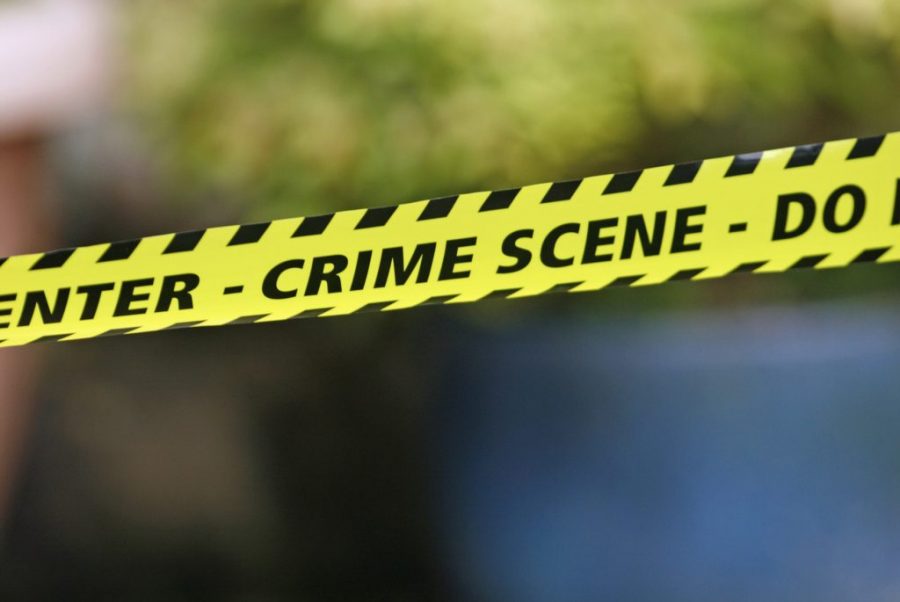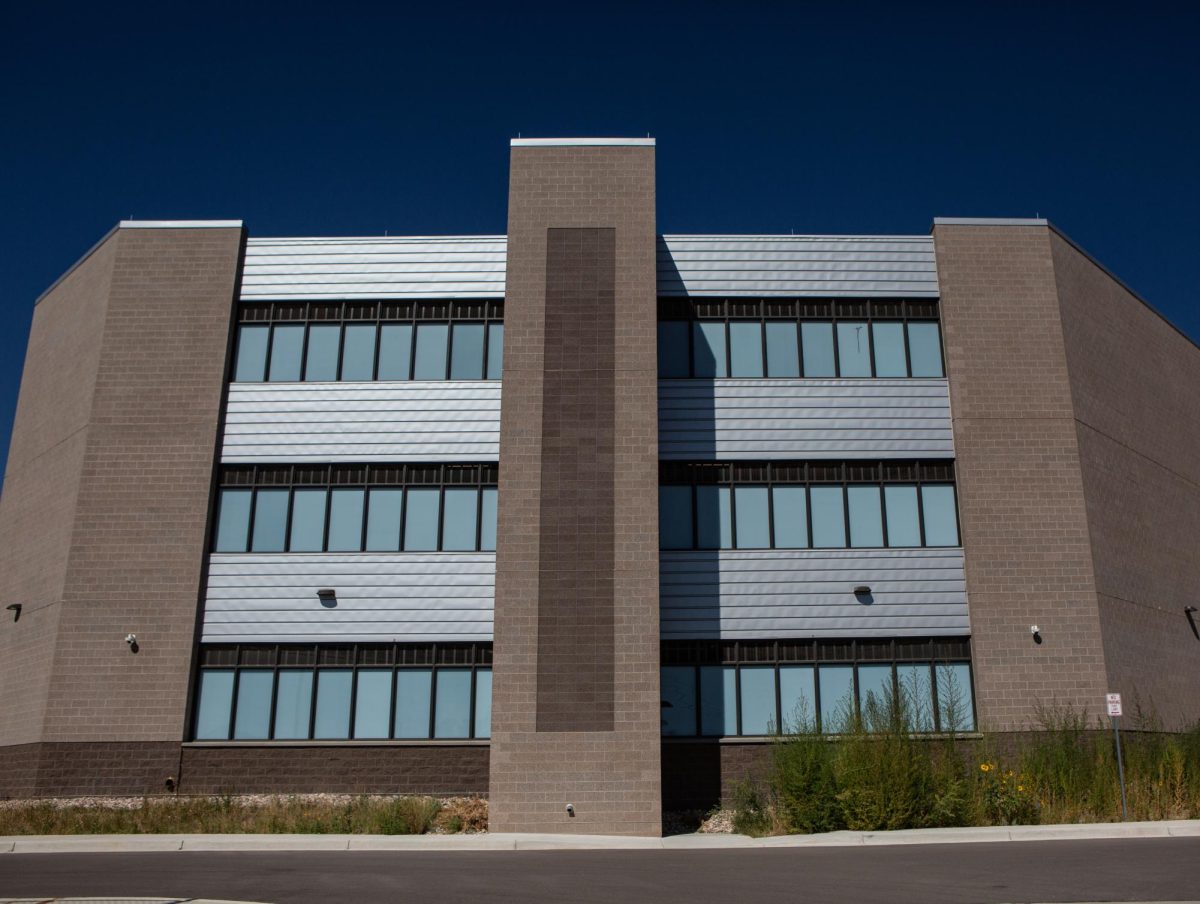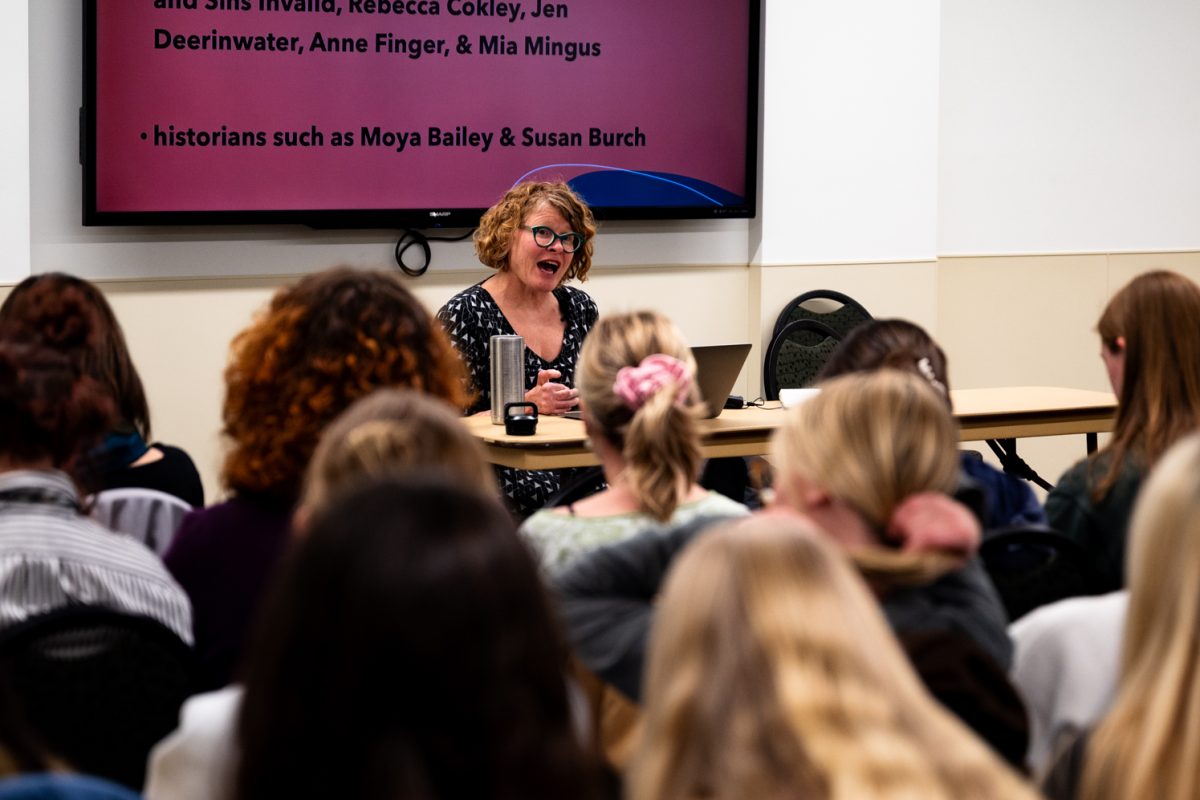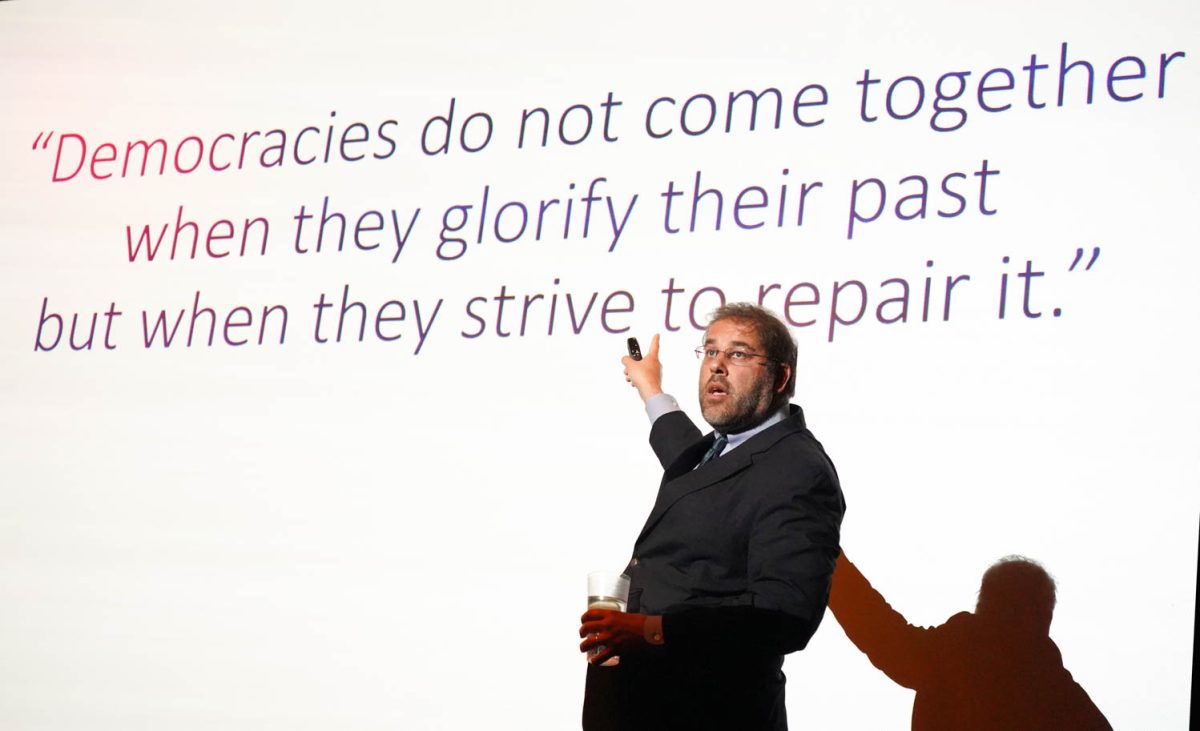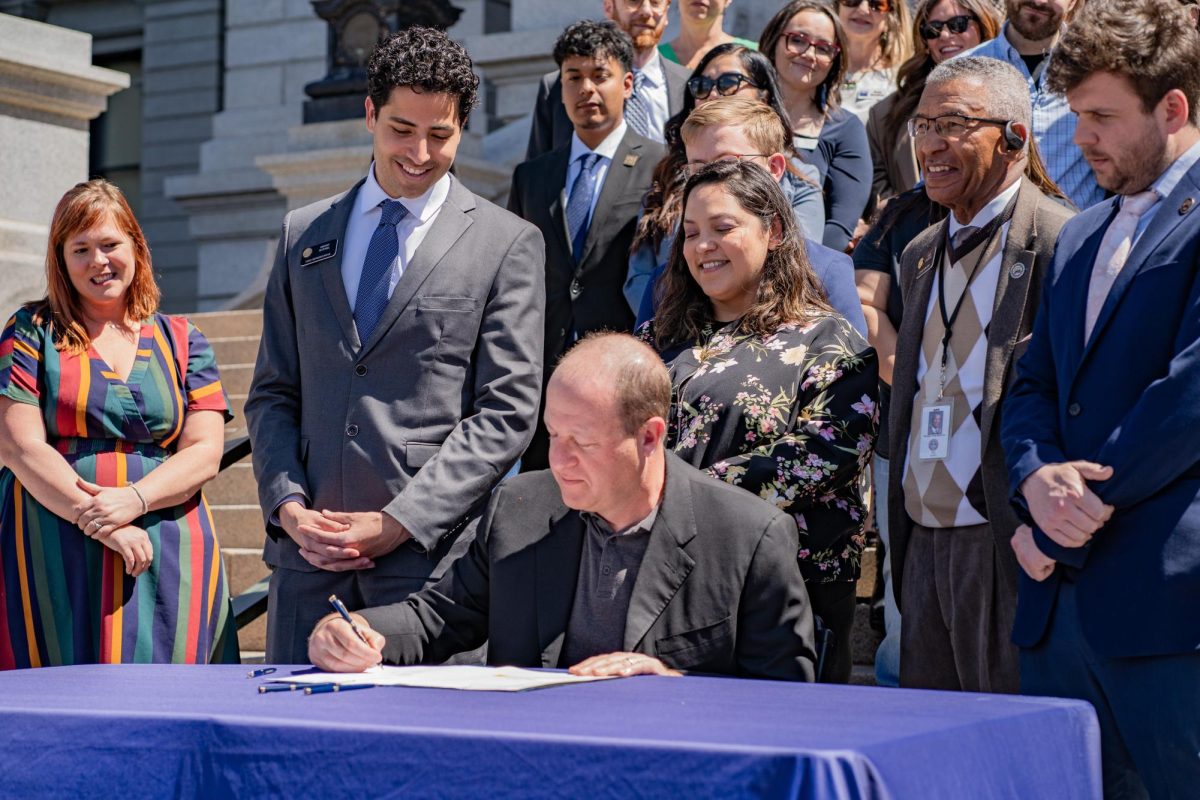The number of cases of forcible sex offenses reported on campus in the annual Fire and Safety Report went up from 19 in 2013 to 28 in 2014 — but this doesn’t begin to tell the whole story.

Firstly, the increase does not necessarily mean that instances of sexual assault at CSU are increasing. Dwight Burke, director of Support and Safety Assessment at CSU, said that the increase is likely due to more victims coming forward than in the past, which can be attributed to an increase education and awareness, national attention on the issue and a growing intolerance for the behaviors.
Ad
“This is good news for those that have tirelessly tried to get this issue at the forefront,” Burke said. “The more information we gather through reports, the more we can understand avenues to help those impacted and have an opportunity to hold those who engage in these behaviors responsible.”
Next, these numbers merely scratch the surface of the number of assaults actually being perpetrated at CSU or otherwise affecting CSU students.
The Women and Gender Advocacy Center sees, on average, about one new victim of sexual assault per day. In the first seven weeks of this semester, the WGAC saw 70 victims. However, most of these cases don’t make it onto CSU’s safety report because they occur off campus or don’t fall into the specifications of the Clery Act.
The Clery Act is a federal law that mandates that universities in the U.S. report crime that occurs on campus, which CSU complies with by sending out its annual safety report. However, only crimes that fall into the list of specified crimes in Clery Act and that occur within University-owned buildings are required to be reported.
Of the sexual assaults that CSU students disclosed to the WGAC in the academic year 2014-15, 60 percent occurred off campus.
Kathy Sisneros, director of the WGAC, said there’s a gap between what is reported to the university and the statistics that are released — however, CSU is not required to share more than what the Clery Act stipulates.
“It’s a public relations nightmare for any campus to figure out how to do the numbers,” Sisneros said. “There’s one school of thought where if parents and families actually knew the higher numbers that we have, it would probably scare the bajeezus out of them. I also think students need to be able to find the resources on campus. Would (reporting the full numbers) prompt even more students to come find the resources? Potentially. It’s a hard conversation for any campus to have. I think CSU, in the grand scheme, is pretty good about sharing our numbers.”
Beyond complying with the Clery Act, CSU is also required to comply with Title IX, a federal civil right that mandates that universities have a process in place to investigate all complaints of sexual violence and that universities do everything possible to ensure victims of sexual violence can continue their education.
“If a school knows or reasonably should know about discrimination, harassment or violence that is creating a ‘hostile environment’ for any student, it must act to eliminate it, remedy the harm caused and prevent its recurrence,” states the Know Your IX webpage. “Schools may not discourage survivors from continuing their education, such as telling them to ‘take time off’ or forcing them to quit a team, club or class. You have the right to remain on campus and have every educational program and opportunity available to you.”
Ad
CSU complies with these rights and has a process in place for investigating sexual misconduct as well as protecting the rights of victims.
“CSU has long had a robust and extensive system of educating students and employees about sexual misconduct and supporting those impacted by sexual violence,” Burke said.
When a student experiences sexual violence on campus, they have options for reporting. If they wish to start a formal investigation, they can either go to CSU’s police department or to the department of Support and Safety Assessment. If someone experiences sexual violence on or off campus and they simply wish to disclose the experience confidentially, they can go to the WGAC.
When CSUPD or the Support and Safety Assessment Department receive a report of sexual violence on campus, an investigation is conducted by the Support and Safety Assessment Department.
Investigations include interviewing witnesses and people involved, gathering other available information such as written communications and records and evaluating available facts and circumstances surrounding an incident, Burke said.
During the investigation, Student Conduct Services can impose interim measures to support the victim, especially if the victim lives in the residence halls near their perpetrator. According to Director of Student Conduct Services Craig Chesson, interim measures include any accommodations for the victim such as a no-contact order placed on the person accused or changing housing arrangements.
Once the investigation by Support and Safety Assessment is conducted, if there is no evidence an incident occurred, the case is closed. If evidence is found that an incident occurred, the case is forwarded to Student Conduct Services. If Student Conduct Services finds no evidence that CSU code of conduct was violated, the case will be closed. If they find evidence that the CSU code of conduct was violated, a hearing will be scheduled.
If the hearing concludes that there is no evidence of sexual misconduct, violence or stalking, the case can still be closed. If it concludes there is evidence, sanctions will be enforced.
According to Chesson, sanctions can be a broad range of disciplinary measures, but are most often suspension or expulsion.
Chesson said the process merely needs to prove it is “more likely than not” that sexual violence occurred. However, there are still many times there is not enough evidence to prove that an incident likely occurred. In this case, Student Conduct Services refers the victim to the WGAC for support.
The WGAC will aid the survivor in asking for accommodations from faculty, employers on campus and housing officials to help ensure the survivor is supported as much as possible.
“I think we do a good job of offering confidential resources for survivors,” Chesson said. “The WGAC takes the lead in supporting victims, because a person has been impacted and needs to be aided in getting a fresh start.”
Whether or not an investigation concludes that sexual misconduct occurred, survivors will often ask to move out of the residence halls because their living situation has become intolerable, Chesson said. The University will usually grant this request.
According to Monica Rivera, assistant director for Gender Education & Prevention at the WGAC, moving the victim out of the residence halls is not always the answer.
“Often times, and not just at CSU, when someone is assaulted in the residence halls, the university’s first offer is to move the victim,” Rivera said. “This places a burden on the survivor to have to move all of their things, which is a Title IX issue. Title IX basically says we can’t make things harder for sexual assault victims. I think CSU is pretty good at giving options. Sometimes a survivor may choose to want to move. They are given that choice, where at other universities that’s not necessarily the case.”
Sisneros said that many students are unaware of their Title IX rights, as well as the process available to them for investigating sexual violence.
“I don’t think we’re at the level we should be at in terms of students understanding the process and what their rights are,” Sisneros said.
The WGAC does everything possible to ensure that students know where they can go on campus after experiencing sexual violence. The WGAC is confidential and does not share information outside of the office unless the student requests they do so.
“We’re not outcome-oriented,” Rivera said. “We don’t walk students through the process with this goal in mind that someone ends up in jail or someone moves. We work with students around what feels most healing. For some students, talking to an officer in uniform feels healing. For other students, that’s the last thing they wanna do. For some students, the biggest stress is around classes, for others its around telling their parents.”
Sisneros and Rivera advised anyone who has experienced sexual violence or knows someone who has should get connected to the Victim Assistance Team.
“Getting a survivor connected to an advocate as quickly as possible can make sure that whatever hurdle they are facing can get addressed,” Rivera said. “Every semester, we have people drop out or transfer after an assault, and getting a support system for a survivor can mean the difference between them dropping out and staying in school.”
Rivera also said friends and family of survivors should also tap into resources to learn how to be the best support system possible.
CSU President Tony Frank said the University is continually working on new ways to support survivors of sexual violence.
“We are clearly not doing enough, because sexual assaults are still going on,” Frank said. “I tend to think the recent uptick in reporting is actually a good sign, because I think the incidence rate has always been that high, and what we are seeing now are better reporting systems, a greater awareness, greater comfort level and a greater understanding on behalf of women that this is not something I need to be ashamed of. I hope we are making progress in all of those areas, and if that is true, then we can expect, given these crimes are under reported, to see them go up. We should also hope that the total incidence rate, that is hard for us to know, is coming down.”
Collegian Digital Managing Editor Caitlin Curley can be reached at caitlinjcurley@gmail.com.








